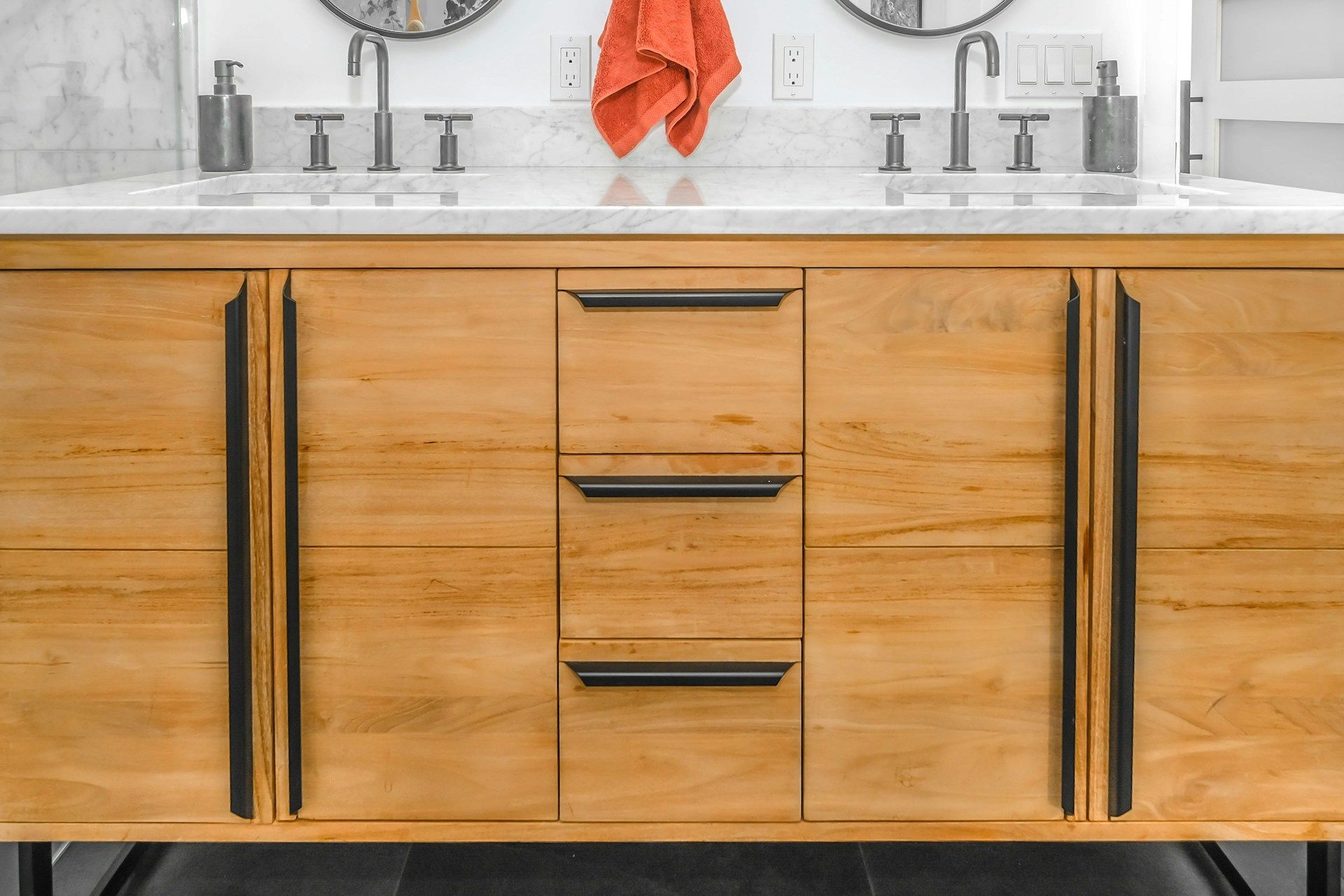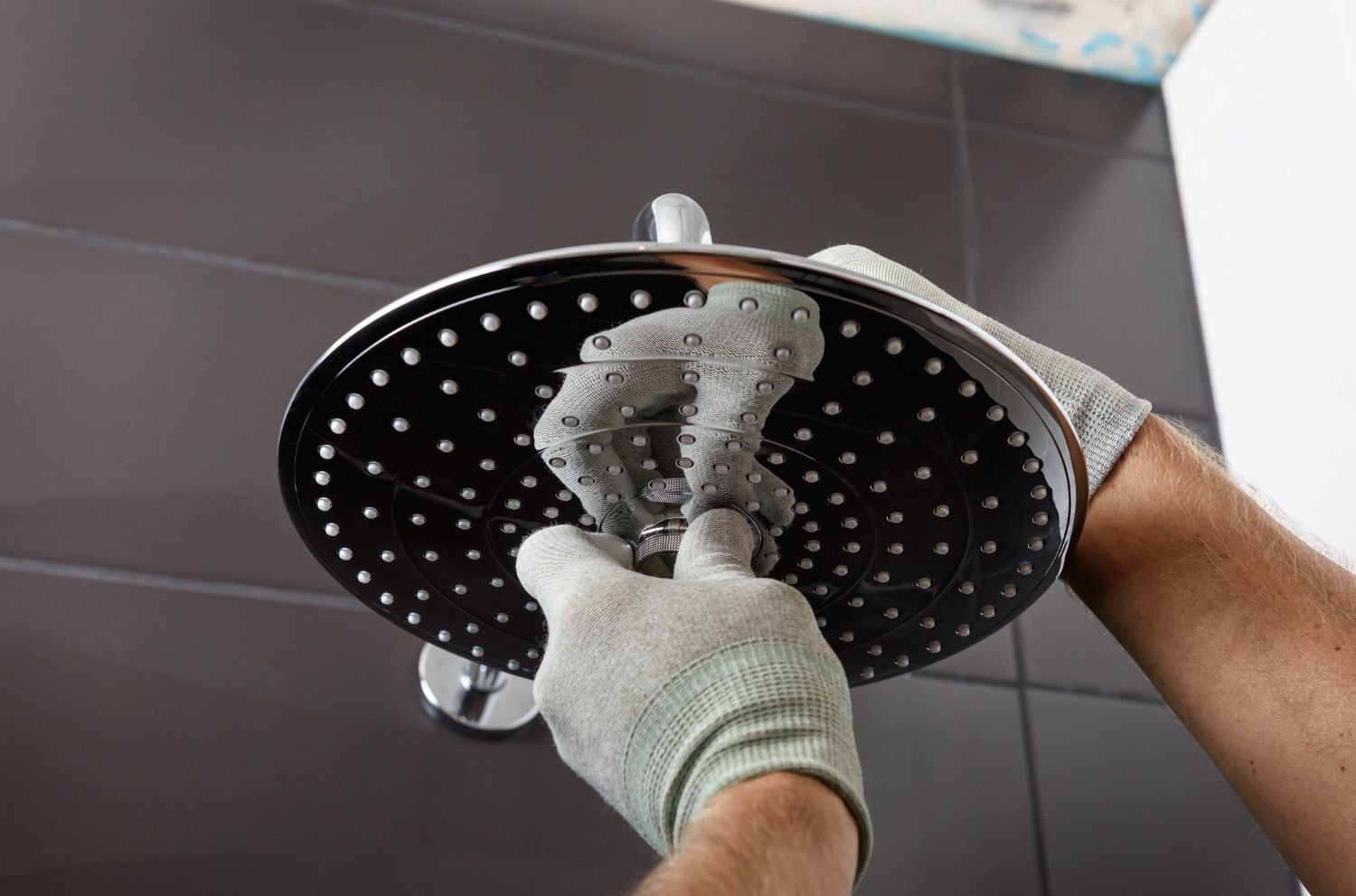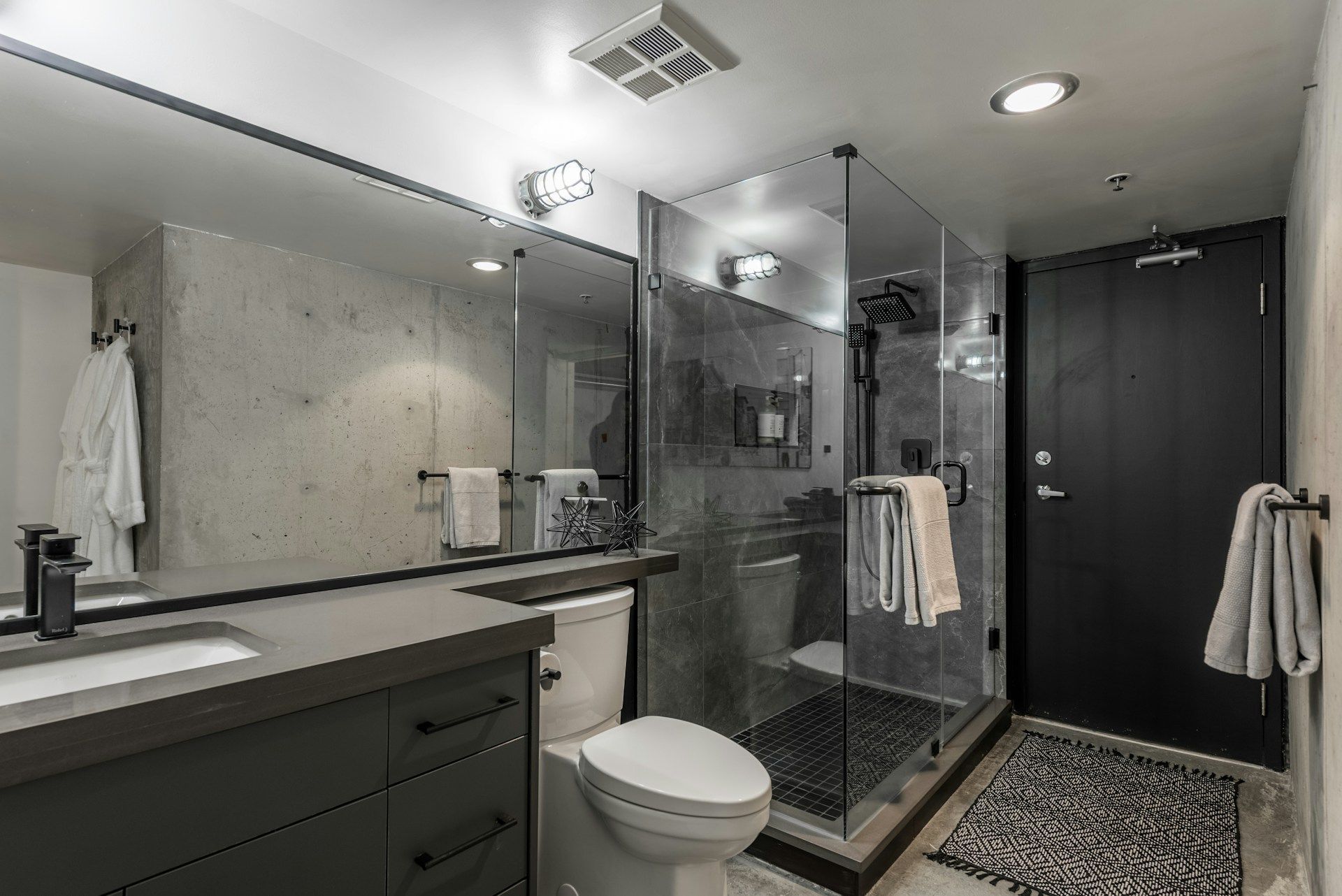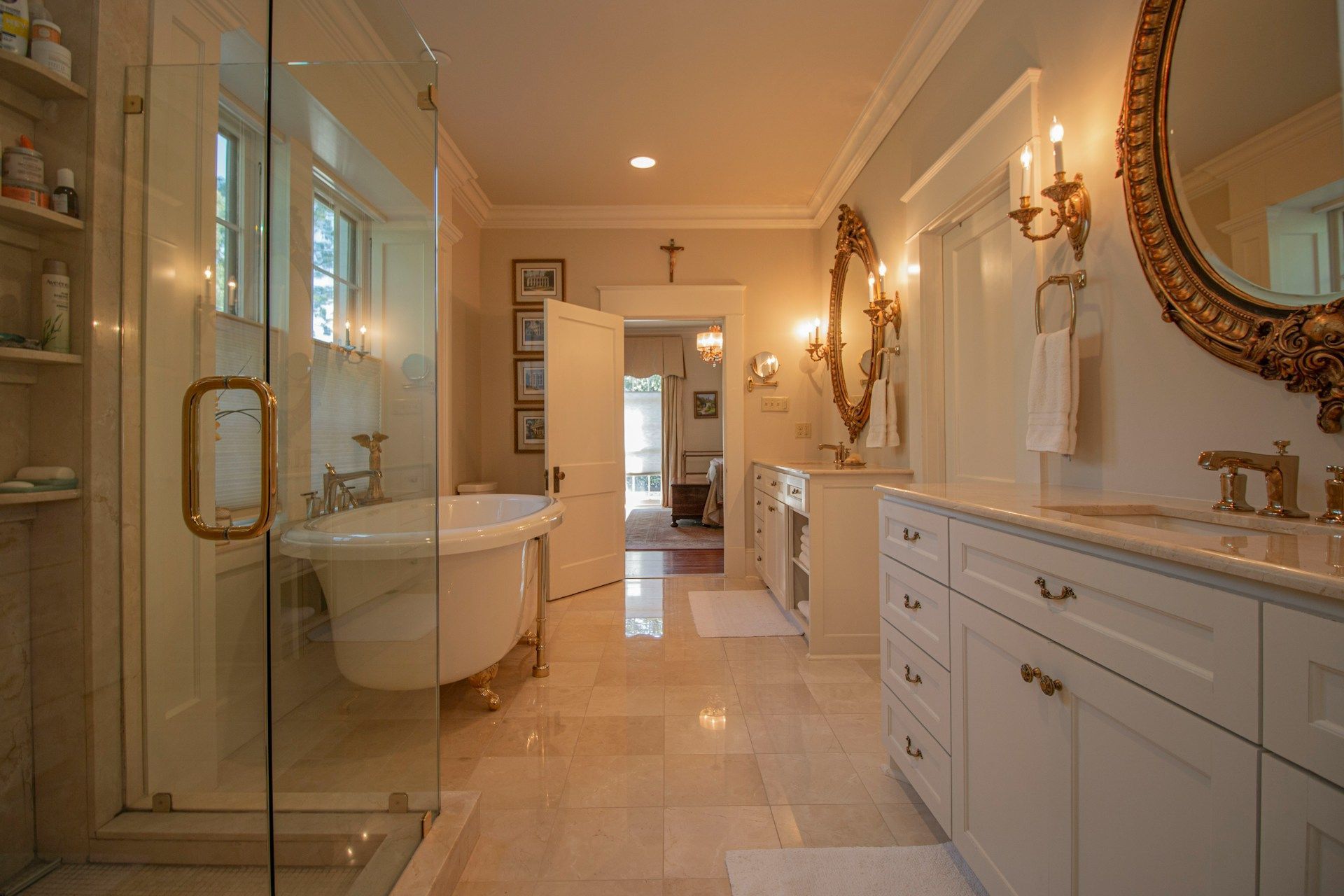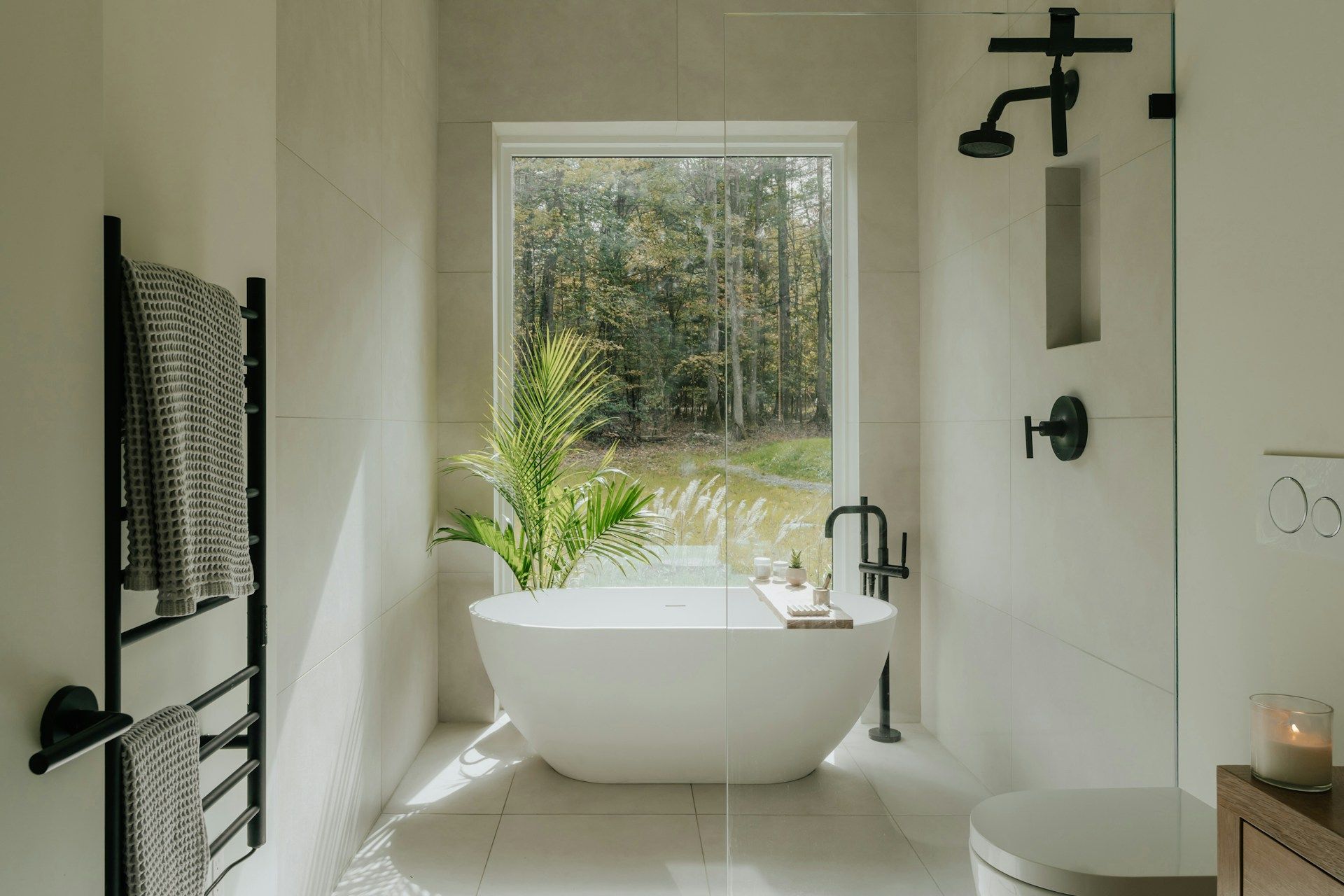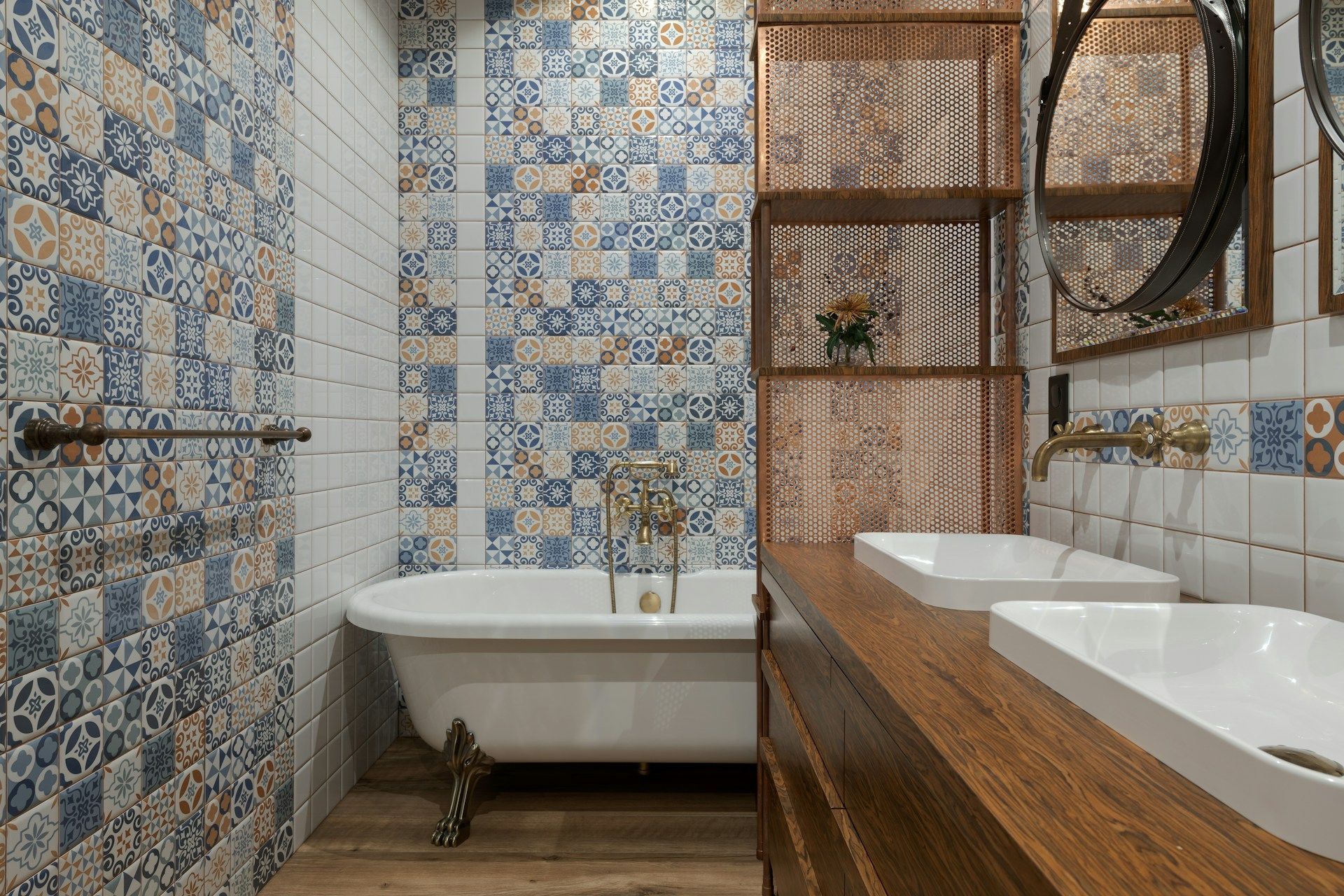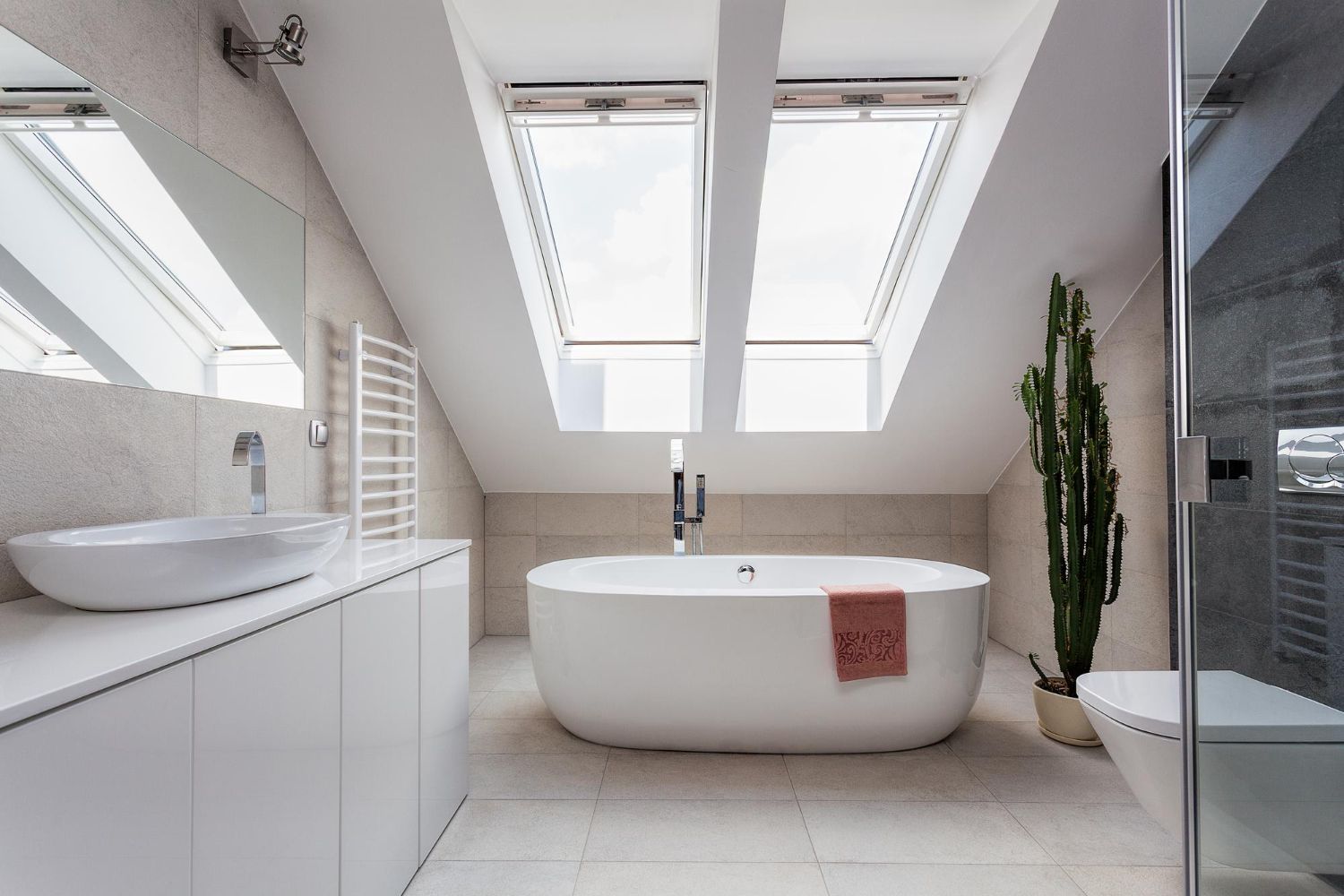Upgrading Your Bathroom for Winter Comfort
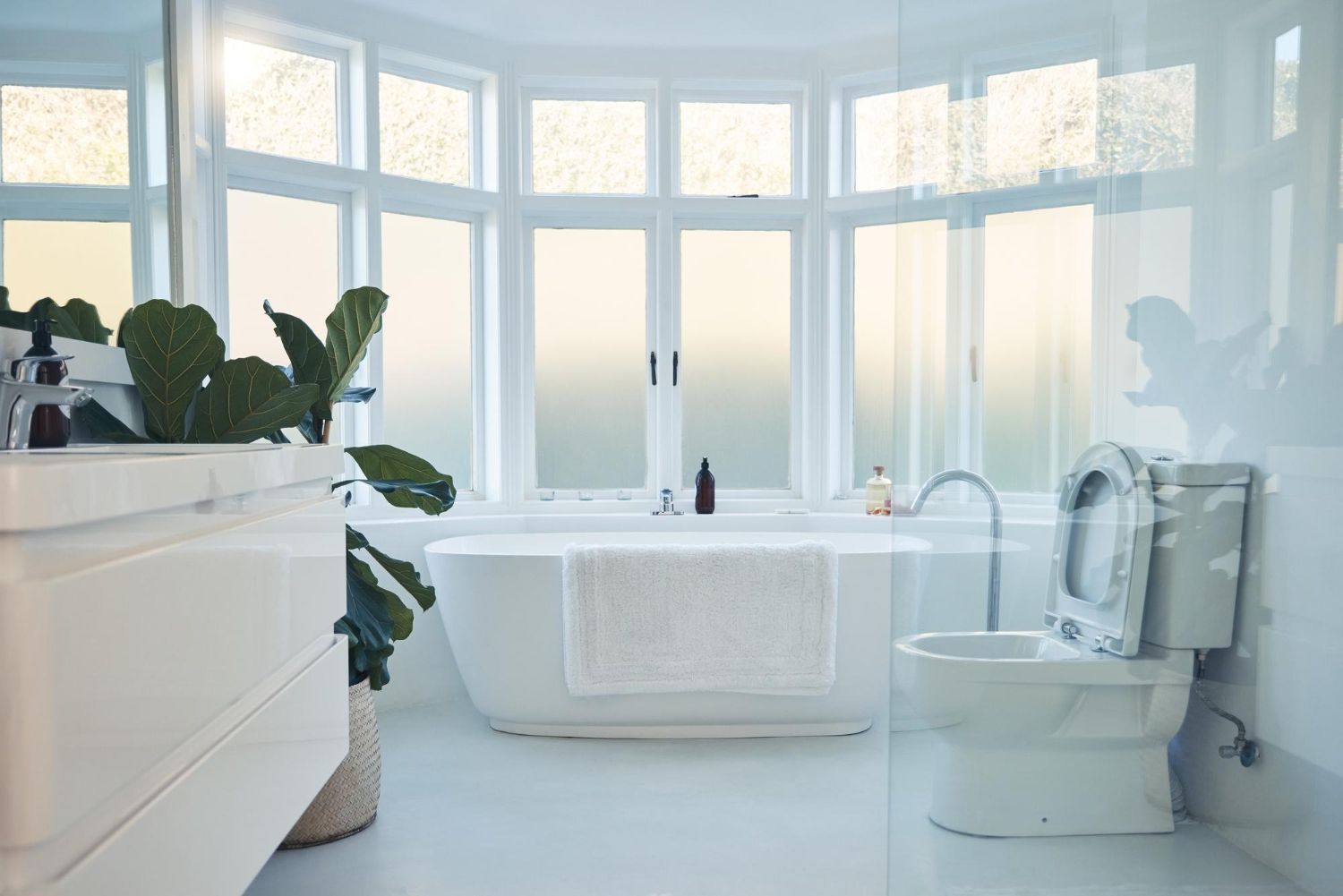
Cold mornings in the middle of November hit differently when your bathroom welcomes you with icy tiles and freezing air. Even a short trip from a cozy bed to a chilly bathroom can feel like a jolt. That’s why looking at ways to warm up your bathroom before winter gets into full swing can make a big difference in how comfortable your home feels. It’s not just about luxury. It’s about turning one of the most-used spaces in your house into a warm retreat during the colder months.
When you start planning, think beyond basic heating. A few strategic updates will help hold in warmth while making your bathroom cozier in ways you might not have thought about before. Whether it’s a total improvement project or a few small adjustments, these ideas will help turn your bathroom into a much more comfortable space no matter how cold it gets outside.
Add Warmth With Radiant Floor Heating
Stepping onto a warm floor in the middle of winter can make your whole morning feel better. That’s one reason radiant floor heating is getting more attention from homeowners who want more comfort without bulky space heaters or blowing vents. This type of heating works by running heated cables or warm water tubes beneath the floor surface, and it spreads heat evenly from the ground up.
There are two types of radiant floor heating:
- Electric systems use electric coils and are often easier to install in a single room, especially during a remodel. They work best for smaller bathrooms and let you control heating zones independently.
- Hydronic systems run hot water through tubes installed under the floor and are usually more energy efficient over time, especially in larger setups. They come with more complex installation needs and often require a connection to your water heater or boiler system.
Either option keeps warmth closer to you, right where you need it. Unlike vent-based systems that heat the air and then lose it quickly, radiant floors hold and spread heat more gently. You also avoid the dry heat and dust circulation that often comes with forced-air units. For those with tile floors, radiant heating can make a space that once felt freezing suddenly feel inviting.
If you're remodeling, it’s a great time to add one of these systems with less disruption. You’ll want to pair it with flooring materials like tile, stone, or engineered wood that work well with radiant heat. If you’re installing an electric version, think about how you'll control the settings. Some systems offer programmable thermostats that let you preheat the floor just before you wake up.
Insulate For Better Heat Retention
Even with a good heat source, a poorly insulated bathroom will lose warmth fast. Insulation helps trap heat inside, keep cold out, and reduce noise between rooms. When winter hits, that makes a noticeable difference in both comfort and how much energy your home uses.
Start by checking your bathroom walls, especially any that face the outside of the house. If your home is older or hasn’t seen upgrades in a while, there’s a chance your bathroom is under-insulated. Adding new insulation behind the drywall while remodeling or updating the space is a smart move. Spray foam and rigid foam boards work well and help resist moisture, too.
Floors matter just as much. Bathrooms built over garages or unheated crawl spaces lose a lot of heat through the floor. Insulating between the joists underneath helps stop cold air from creeping up and makes radiant heating more effective if you’ve got it installed.
Here are other spots where air leaks and heat loss may be happening:
- Around windows and doors
- At the baseboard and wall trim
- Near pipes under sinks or tubs
- Around ceiling vents or fan openings
Older windows often let cold air in. If replacing them isn’t possible right now, you can use thermal curtains or thick window treatments to keep heat inside. Weather stripping adds another layer of defense. Even one drafty window can chill the room fast, especially in smaller bathrooms.
Taking care of insulation and sealing up drafts makes a big impact. It helps whatever heating solution you choose work better and take less effort to keep the space cozy.
Cozy Floor Coverings for Cold Months
Even with radiant heat and fresh insulation, hard floors can still feel chilly at times. Rugs and mats are easy ways to add extra warmth and comfort. They not only keep your feet from touching cold tile or stone first thing in the morning, but they also trap some heat near the surface of the floor.
Pick materials that are both warm and water-safe. Treated cotton, microfiber, and synthetic blends tend to dry quickly and resist mildew. Wool adds extra plushness and warmth, though it’s better kept away from damp spots, like in front of the tub.
Here are a few placement ideas to make the most of bathroom rugs:
- Set a larger rug outside the shower or bathtub to add warmth to frequently used areas.
- Use a smaller rug or mat in front of the sink, where people tend to stand longer during routines like brushing teeth or doing makeup.
- Always choose rugs with non-slip backings or use rug pads for added safety.
- Plug-in heated floor mats are perfect for spots that feel especially cold. They work well under a vanity or near the toilet area.
Color matters, too. Darker tones or thicker textures help the space feel warmer visually. If you have kids or older adults in the home, rugs can add a layer of safety by softening hard surfaces and offering traction.
Enhance Bathroom Warmth With Simple Additions
You don’t have to tear up your whole bathroom to make it feel warmer. A few smaller upgrades can boost comfort without much hassle.
A heated towel warmer makes a big difference in how you feel after a shower. Wall-mounted versions work great for smaller spaces, while larger freestanding units can warm multiple towels at once. Some models even give off a bit of ambient heat, which helps warm up the whole room.
Switching out a standard toilet seat for a heated one is another upgrade to consider. It might sound unnecessary, but on cold mornings, it’s one of those comforts you’ll wish you’d added sooner. Many models include adjustable settings and features, though even a basic one can make an impact.
Windows are a common source of losing heat. Adding thermal curtains or insulated blinds can limit how much cold air sneaks through. Moisture-resistant fabrics work best in a bathroom, especially for windows near the shower.
The lighting in your bathroom can influence how cozy it feels. White or blue-light bulbs give off a cool tone that can make the room seem colder. Swap them out for warm-hued LEDs to create a more inviting tone. When used with the rest of these updates, warm lighting helps complete the feel of a tranquil and comfortable space.
You can achieve a noticeable warmth boost just by layering these small elements into your bathroom. They’re simple but make everyday routines more comfortable during colder months.
Turn Cold Into Cozy With A Winter-Ready Bathroom
There’s something rewarding about stepping into a space that fights off the winter chill. Bathrooms are often used and shouldn't make you tense up from the cold the moment you walk in. By taking a few targeted steps, you can turn it into a cozy escape every time the temperature dips.
Combining radiant heating, airtight insulation, warming textiles, and smart accessories offers more than physical comfort. It brings peace and ease to your daily routine. Even on the frostiest mornings, you’ll be glad your bathroom feels like a warm retreat instead of a cold shock.
From materials under the floor to the glow of your lights, each small adjustment builds on the last. If you’re considering changes this season, winter is the perfect time to upgrade. It’s more than a remodel. It’s about making your home feel better where it counts the most.
Ready to transform your bathroom and embrace the warmth this winter? Discover how a
bathroom remodel in Maryland can turn your space into a cozy retreat. Bathroom Remodeling Of Maryland, Inc. has the expertise to make your winter bathroom an inviting haven.
